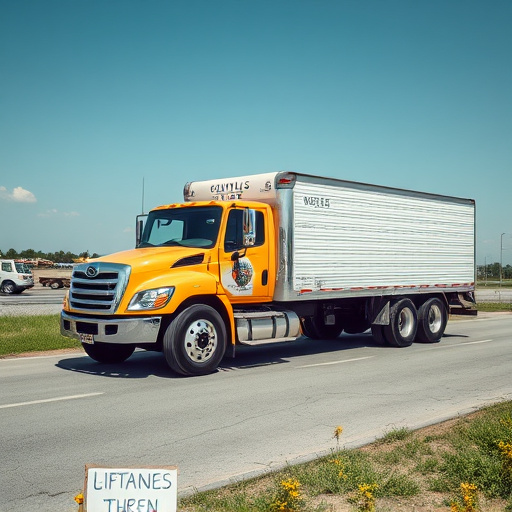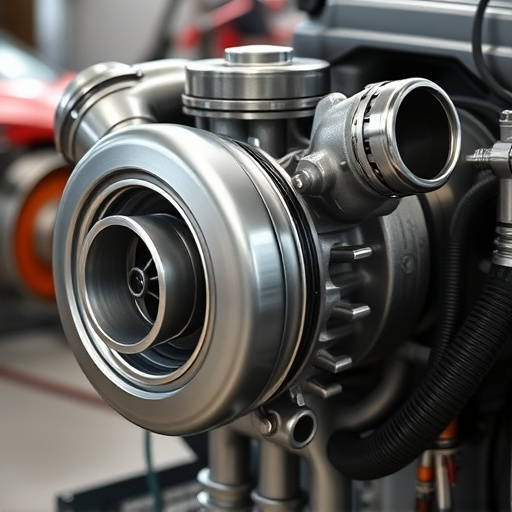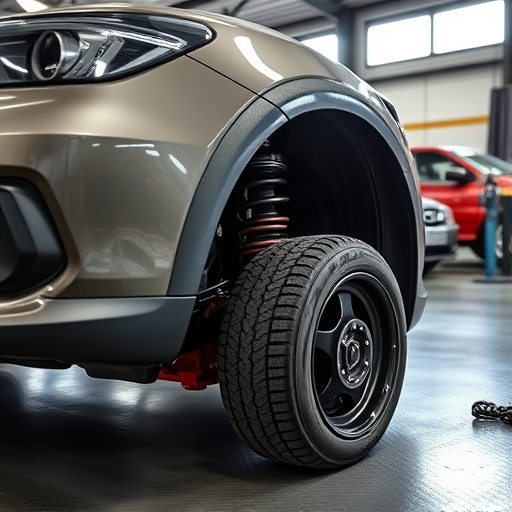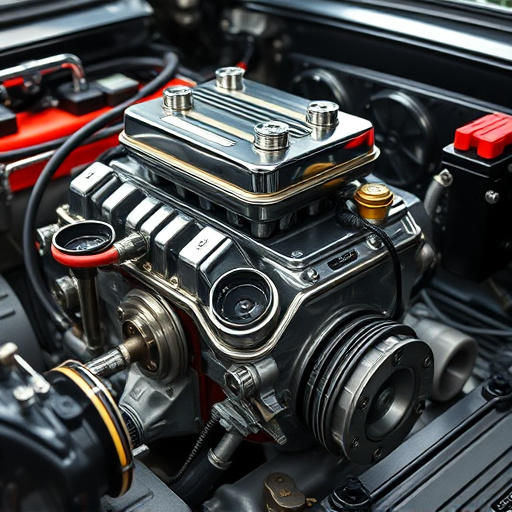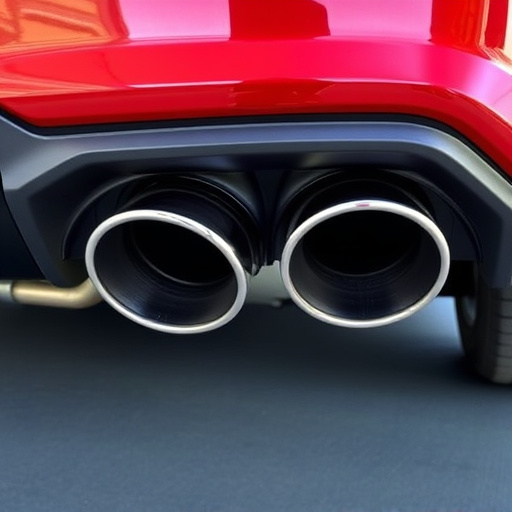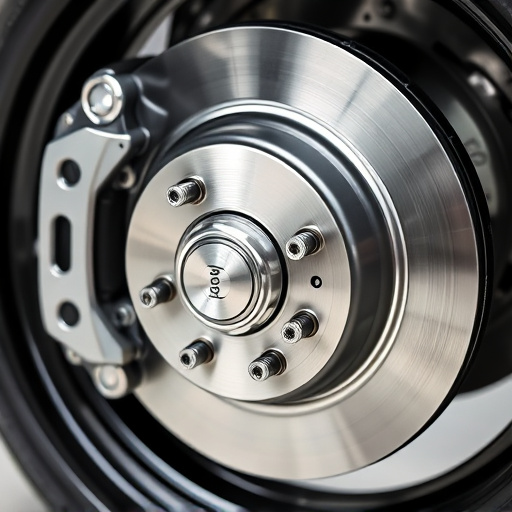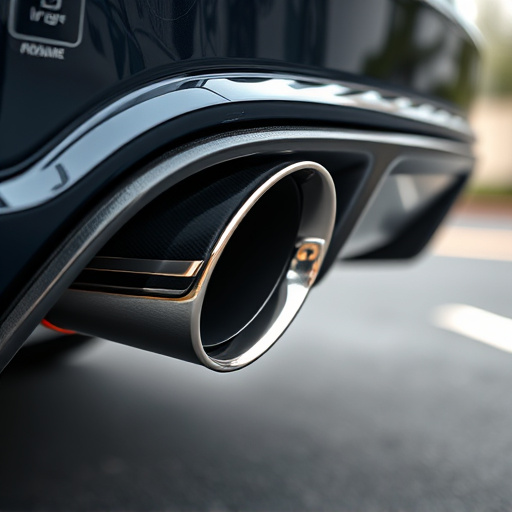Air intake installation time varies based on vehicle complexity and system type, with simple direct-fit systems taking a few hours and advanced custom setups like CAIs or high-flow filters demanding 4-6 hours or more due to extensive modifications. Skilled technicians optimize speed and quality through meticulous planning, ensuring minimal disruption and maximizing airflow efficiency for enhanced engine performance and fuel efficiency.
Looking to enhance your vehicle’s performance with a new air intake system? Wondering how long this process might take? This article breaks down everything you need to know about air intake installation time. We explore the factors influencing duration, provide average installation times for various systems, and offer insights on optimizing speed and quality during the process. Get ready to transform your ride efficiently!
- Understanding Air Intake Installation Time Factors
- Average Installation Duration for Different Systems
- Optimizing Speed and Quality During Installation
Understanding Air Intake Installation Time Factors
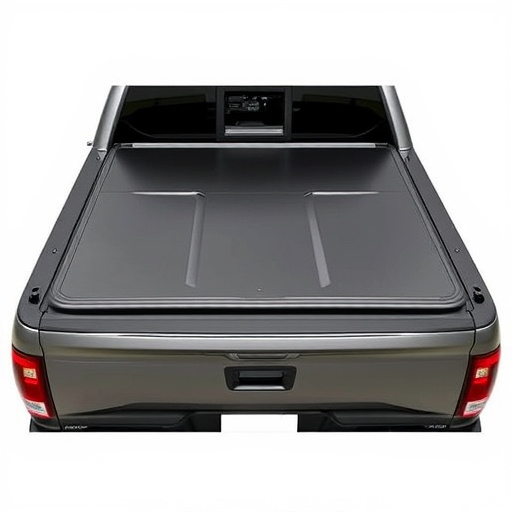
The time it takes to install an air intake system can vary greatly depending on several factors. Firstly, the complexity of the job itself plays a significant role; some installations might be straightforward and quick, while others, especially in more intricate vehicle models, can be labyrinthine and take longer. The make and model of the car or truck is crucial, as different vehicles have unique engine bay configurations and mounting points for air intake components.
Additionally, the specific type of air intake system being installed matters. Performance exhaust systems or advanced air filter kits with multiple parts might necessitate more time due to their intricate designs. Moreover, factors like your mechanic’s experience and the tools they use can influence the installation duration. Some shops may streamline the process, while others might take a methodical approach, ensuring each step is executed perfectly, which could extend the timeline but often results in a more robust installation.
Average Installation Duration for Different Systems
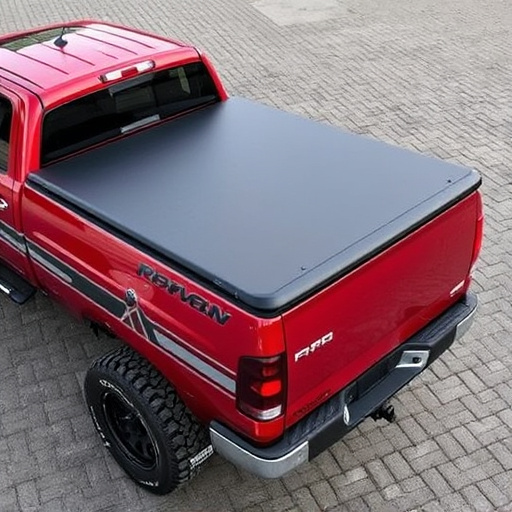
The average duration for air intake installation varies based on several factors, including the type of system being installed and the complexity of the vehicle’s make and model. Simple, direct-fit air intake systems designed to enhance airflow typically take mechanics just a few hours to install. These systems often bolt directly into existing openings or replace stock components like air boxes, requiring minimal modification.
More advanced air intake installations, such as those involving custom cold air intakes (CAIs) or high-flow filters, can significantly extend installation time. Mechanics may need to modify the vehicle’s suspension components, relocate brake rotors, or even reroute engine bay wiring to accommodate these upgrades. Consequently, installing complex systems can easily consume 4-6 hours or more, impacting overall vehicle performance and requiring a higher level of skill and expertise.
Optimizing Speed and Quality During Installation
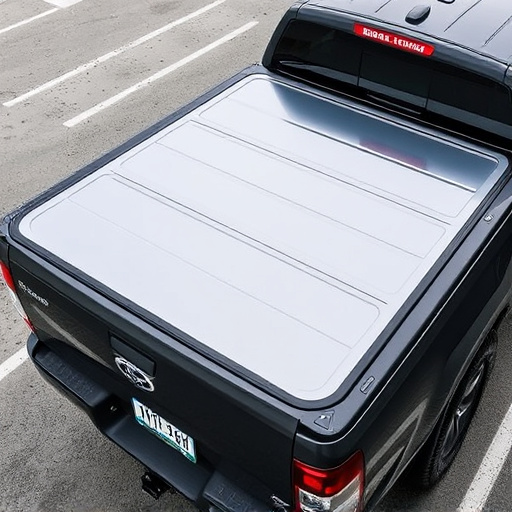
Optimizing speed and quality during air intake installation is crucial for both performance and longevity of your vehicle’s engine. Skilled technicians understand that a swift yet meticulous process ensures minimal disruption to the vehicle’s operation while maximizing airflow efficiency. This involves carefully planning the route of the new air intake system, ensuring compatibility with existing components like the air filter kits and cat back exhaust systems.
By streamlining the installation process, they can achieve precise fitting, sealing, and routing, which are vital for maintaining optimal engine performance. A well-executed air intake installation not only enhances fuel efficiency but also contributes to a smoother, more responsive driving experience.
Air intake installation time varies based on vehicle type, system complexity, and mechanic efficiency. On average, simple systems can be installed in 1-2 hours, while more intricate setups may take up to 4 hours or more. To optimize speed without sacrificing quality, it’s crucial for mechanics to have the right tools, follow best practices, and ensure proper fitting for optimal performance and longevity of the air intake system. Efficient installation not only saves time but also enhances the overall driving experience.








